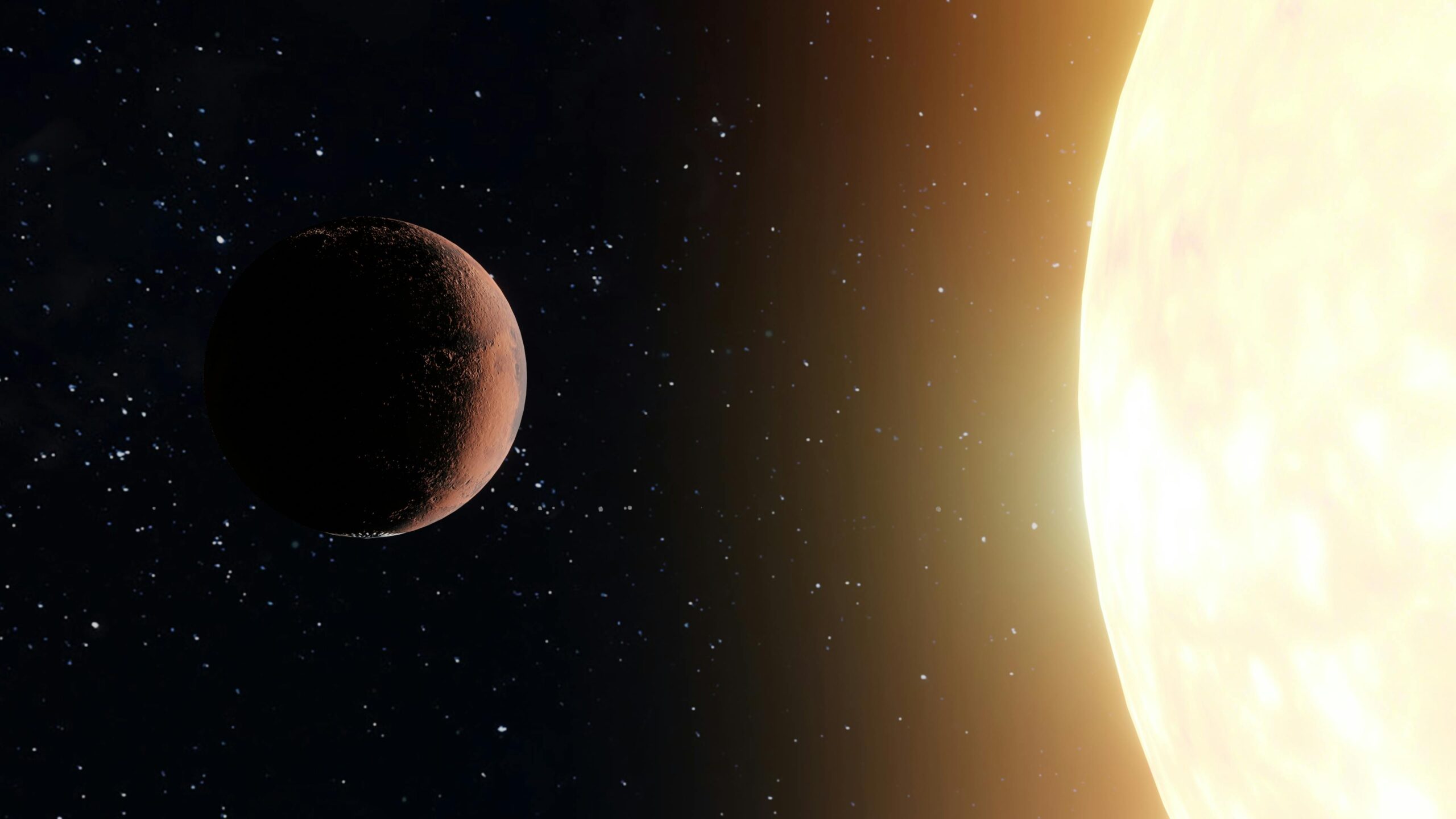By: Hongkang Zhao
It’s summer in the Northern Hemisphere. But while you indulge in long, balmy days at the beach or elsewhere in nature, you may be surprised to learn that our planet is creeping toward its greatest distance from the sun, a point known as aphelion.
A common misconception is that Earth’s varying distance from the sun is what gives rise to the seasons. It does have a small impact: We get 7 percent less sunlight at aphelion compared with the amount we are exposed to at perihelion, leading to slightly milder summers and winters in the Northern Hemisphere.
The tilt of Earth’s axis means that at different points along its orbit the hemispheres slant either toward or away from the sun. If our planetary orbit were a perfect circle, the seasons’ lengths would be exactly the same — right now, spring and summer are a few days longer than fall and winter in the Northern Hemisphere — but not much else would shift. “If, somehow, we snapped our magic fingers and Earth’s orbit became more circular, it’d probably be fine,” Dr. Runyon said.
While something like the Earth reaching its Aphelion might not be too interesting for non-scientists, it still affects everyone who lives on the Earth, through the season’s lengths, and it makes life slightly more interesting.
https://www.nytimes.com/article/aphelion-earth-sun-distance.html
Image Credit by Photo ZCH











